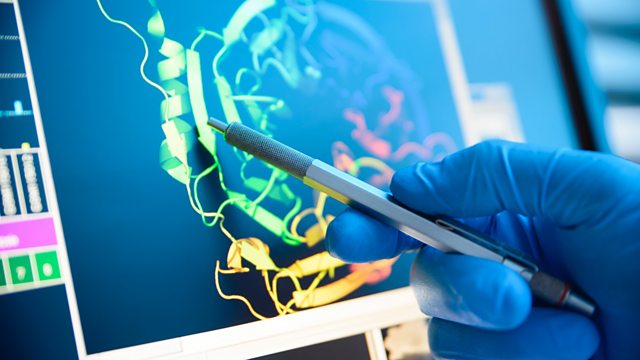Your molecular machinery, now in 3D
DeepMind publishes 350,000 of the molecular structures which make all living things tick. Plus, Covid-19 vaccination strategy reimagined, and seismic sensitivities of elephants.
Back in November it was announced that an AI company called DeepMind had essentially cracked the problem of protein folding – that is they had managed to successfully predict the 3D structures of complex biochemical molecules by only knowing the 2D sequence of amino acids from which they are made.
They are not the only team to use machine learning to approach the vast amounts of data involved. But last week, they released the source code and methodology behind their so called AlphaFold2 tool. Today, they are publishing via a paper in the journal Nature, a simply huge database of predicted structures including most of the human proteome and 20 other model species such as yes, mice. The possibilities for any biochemists are very exciting.
As DeepMind CEO Demis Hassabis tells Roland Pease, they partnered with the European Molecular Biology Laboratory to make over 350,000 protein predictions available to researchers around the world free of charge and open sourced. Dr Benjamin Perry of the Drugs for Neglected Diseases Initiative told us how it may help in the search for urgently needed drugs for difficult diseases such as Chagas disease. Prof John McGeehan of the Centre for Enzyme Innovation at Portsmouth University in the UK is on the search for enzymes that might be used to digest otherwise pollutant plastics. He received results (that would have taken years using more traditional methods) back from the AlphaFold team in just a couple of days.
Prof Julia Gog of Cambridge University is a biomathematician who has been modelling Covid epidemiology and behaviour. In a recent paper in Royal Society Open Science, she and colleagues wonder whether the vaccination strategy of jabbing the most vulnerable in a population first, rather than the most gregarious or mobile, is necessarily the optimal way to protect them. Should nations still at an early stage in vaccine rollout consider her model?
And did you know that elephants can hear things up to a kilometre away through their feet? And that sometimes they communicate by bellowing and rumbling such the ground shakes? Dr Beth Mortimer of Oxford University has been planting seismic detectors in savannah in Kenya to see if they can tap into the elephant messaging network, to possibly help conservationists track their movements.
Image: Protein folding
Credit: Nicolas_/iStock/Getty Images
Presenter: Roland Pease
Producers: Alex Mansfield and Samara Linton
Last on
More episodes
Broadcasts
- Thu 22 Jul 2021 19:32GMT���˿��� World Service
- Fri 23 Jul 2021 01:32GMT���˿��� World Service
- Fri 23 Jul 2021 08:32GMT���˿��� World Service
- Fri 23 Jul 2021 12:32GMT���˿��� World Service Australasia, Online, UK DAB/Freeview, News Internet & Europe and the Middle East only
Podcast
-
![]()
Science In Action
The ���˿��� brings you all the week's science news.


